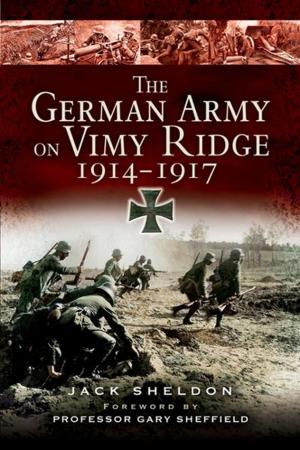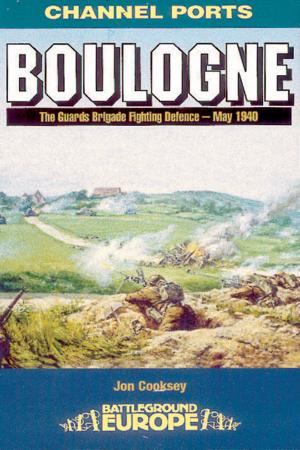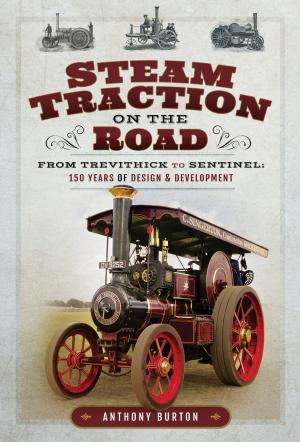An Introduction to Great Western Locomotive Development
Nonfiction, Reference & Language, Transportation, Railroads, History, British| Author: | Jim Champ | ISBN: | 9781473877856 |
| Publisher: | Pen and Sword | Publication: | February 28, 2018 |
| Imprint: | Pen and Sword Transport | Language: | English |
| Author: | Jim Champ |
| ISBN: | 9781473877856 |
| Publisher: | Pen and Sword |
| Publication: | February 28, 2018 |
| Imprint: | Pen and Sword Transport |
| Language: | English |
The first thought, when contemplating a new study of the Great Western Railway locomotive fleet, must surely be to ask what can there be left to say? But there is no single source which gives a general introduction to the Great Western locomotive fleet. There are monographs on individual classes, an excellent multi-volume detail study from the RCTS, and superb collections of photographs, but nothing that brings it all together. This work is intended to provide that general introduction.
The volume begins with a series of short essays covering general trends in design development, whilst the main body of the volume covers individual classes. For each class there is a small table containing some principal dimensions and paragraphs of text, covering an introduction, renumbering, key changes in the development of the class and information on withdrawal.
The volume concludes with appendices covering the development and types of standard boilers, the various numbering schemes used by the GWR, the arcane subject of locomotive diagrams and lot numbers, and a short reference on the many lines the GWR engulfed.
The majority of illustrations are new profile drawings to a consistent format. Described as sketches, they are drawn to a consistent scale, but do not claim to be scale drawings. Much minor equipment has been omitted and the author has certainly not dared to include rivets! Although most are based around GWR weight diagrams, they are not simple traces of the original drawings. Detail has been added from other sources, components copied from different drawings and details have been checked against historical and modern photographs. One must also bear in mind that steam locomotives were not mass produced. Minor fittings frequently varied in position and changes were made over the locomotives' lifetimes. Nevertheless, this collection of drawings provides a uniquely consistent view of the GWR locomotive fleet.
The first thought, when contemplating a new study of the Great Western Railway locomotive fleet, must surely be to ask what can there be left to say? But there is no single source which gives a general introduction to the Great Western locomotive fleet. There are monographs on individual classes, an excellent multi-volume detail study from the RCTS, and superb collections of photographs, but nothing that brings it all together. This work is intended to provide that general introduction.
The volume begins with a series of short essays covering general trends in design development, whilst the main body of the volume covers individual classes. For each class there is a small table containing some principal dimensions and paragraphs of text, covering an introduction, renumbering, key changes in the development of the class and information on withdrawal.
The volume concludes with appendices covering the development and types of standard boilers, the various numbering schemes used by the GWR, the arcane subject of locomotive diagrams and lot numbers, and a short reference on the many lines the GWR engulfed.
The majority of illustrations are new profile drawings to a consistent format. Described as sketches, they are drawn to a consistent scale, but do not claim to be scale drawings. Much minor equipment has been omitted and the author has certainly not dared to include rivets! Although most are based around GWR weight diagrams, they are not simple traces of the original drawings. Detail has been added from other sources, components copied from different drawings and details have been checked against historical and modern photographs. One must also bear in mind that steam locomotives were not mass produced. Minor fittings frequently varied in position and changes were made over the locomotives' lifetimes. Nevertheless, this collection of drawings provides a uniquely consistent view of the GWR locomotive fleet.















